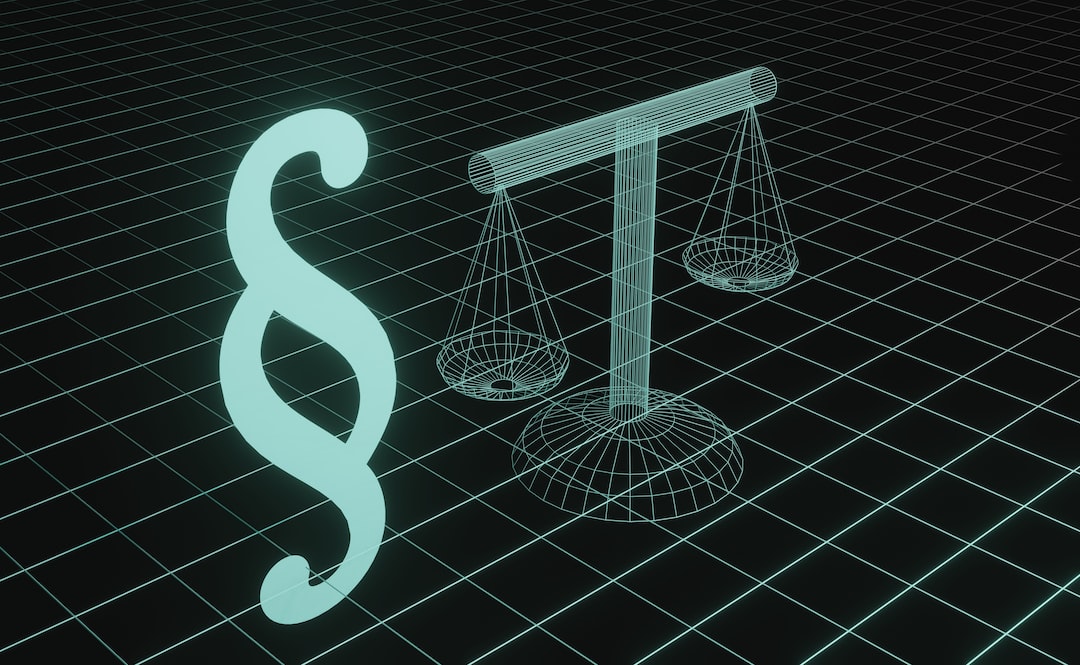White space, also known as negative space, is the portion of a design that is left unmarked with graphics, text, or other elements. Many people tend to overlook or underestimate the importance of white space in design. However, the use of white space is a vital aspect of visual communication and can significantly influence the overall design’s effectiveness. White space is not just about leaving blank spaces, but it involves the careful placement of elements to create an aesthetically balanced and visually appealing layout.
White space is essential because it adds air and elegance to any design, making it more impactful and allowing viewers to easily focus on the critical elements of a design. Proper use of white space also contributes to the organization and structure of a design. Using too many design elements without enough white space can lead to a cluttered and overwhelming appearance, ultimately confusing the viewer and detracting from the intended message.
White space can also be utilized to control emphasis, flow, and readability. The careful placement of white space can guide the viewer’s eyes from one element to another, emphasizing specific areas of the design and highlighting the primary message. This is especially important in logo design, website design, and print design where there is a limited amount of space to work with. In some cases, less is more, and it is essential to utilize white space in design to make a lasting impression.
White space can also create an illusion of luxury, minimalist, modern, and high-end design. It can give the impression that a company is more established and successful than it may be. When properly utilized in design, white space creates a sense of sophistication and elegance.
The use of white space in web design is perhaps the most critical of all. The fast pace of the internet and the sheer volume of information available on the web often leave viewers overwhelmed and frustrated. The use of white space in web design makes it easier for visitors to navigate through a website and find what they are looking for. The proper placement of white space can also give the impression of a well-organized website, making it more likely that visitors will stay and engage with the content on the site.
In conclusion, white space is a crucial component of effective design. It can enhance the visual appeal of a design, add structure and organization, control emphasis and flow, and create a sense of high-end design. White space should be thoughtfully placed and balanced with other design elements to create a visually pleasing and impactful design. Designers should not overlook the value of negative space, but rather embrace its potential to enhance a design and deliver the desired message. The next time you are designing a website, logo or any other visual elements, make sure to pay attention to white space and use it to create a visually stunning and impactful design.

